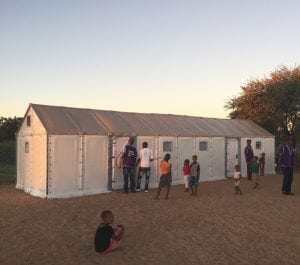
Agriculture
February 26, 2024
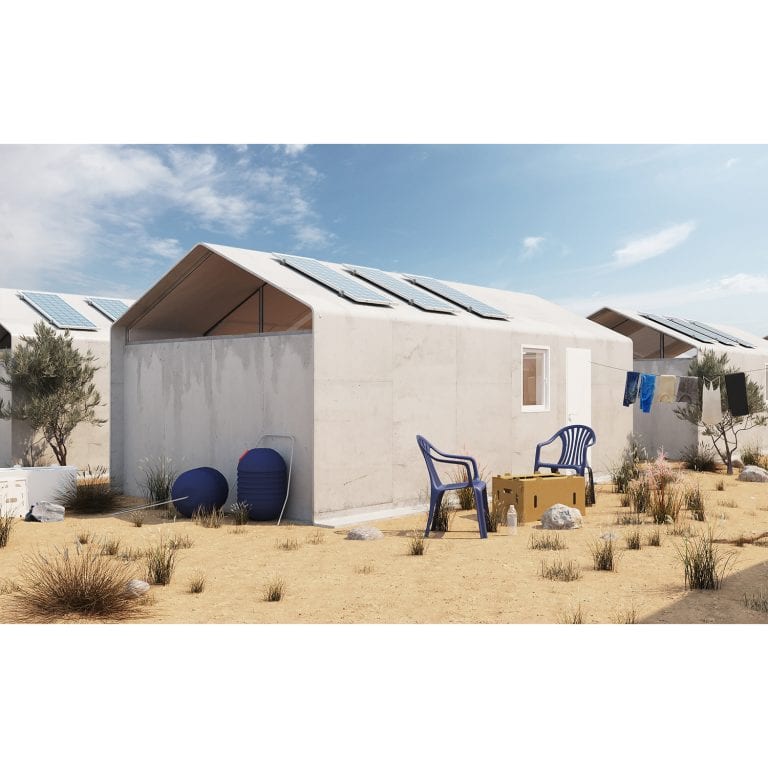
Updated on February 28, 2024
·Created on June 1, 2020
Cortex Shelter is a housing solution that uses a rollable concrete fabric that hardens in place when hydrated.
The Cortex Shelter is a self-built housing solution for emergency situations. The shelter combines a rollable concrete fabric technology and a metallic tube framing building system. The prototype module consists of a house of 24.9 m² (dimensions 11.5 m length, 3.6 m wide, and between 2.1 m and 2.95 m high) and the layout includes a multi-functional room (20.7 m²), toilet (2.07 m²), and shower area (2.07 m²).
Target Users (Target Impact Group)
Distributors / Implementing Organizations
Manufacturing/Building Method
Step 1: Delivery of building kit
Step 2: Unpack building kits
Step 3: Unroll concrete mats for the floor and hydrate
Step 4: Assemble envelope panels. a) assemble metallic tube framing; b) unroll concrete mats; and c) unroll and install interior insulation panels.
Step 5: Attach side panels
Step 6: Hydrate envelope and side panels, let dry
Step 7: Install doors, windows, and utilities
Intellectural Property Type
Select Type
User Provision Model
Distributions to Date Status
Unknown
Intended number of occupants (#)
5 occupants
Speed of assembly (h)
24 h
Footprint area (m²)
24.9 m²
Internal volume (m³)
90.16 m³
Material composition
The envelope of the house (walls and roof) is made of panel segments composed (from outside to inside) of a geosynthetic cementitious composite mat, a metallic tube framing structure, and stone-wool insulating material. The floor is made of the same mat used for the walls.
Lifespan (years)
30+ years
Flammable flash point temperature (ºC)
Unknown
Maximum snow load (kg/m²)
Unknown
Maximum wind speed (km/h)
Unknown
Suitable climates
All climates
Design Specifications
The Cortex Shelter combines two main technologies: Geosynthetic composite mat for in-situ hydration or "rollable concrete mat," and a bendable metallic tube construction system or "metallic tube framing."
The rollable concrete mat is a fabric commonly used in the construction of infrastructure for water management, agriculture, landfill & waste, oil & gas, erosion control, and mining. The mat is applied on-site on top of the supporting surface or structure and then hydrated and left to dry for 72 hours. When it hardens, the mat creates a solid concrete shell that is also water-proof. The concrete mat is used for the floor, walls, and roof of the shelter.
The bendable tubes, on the other hand, consist of square-section tubes of custom-made dimensions. The tubes have pre-made cuts that allow builders to bend the tubes by hand to form architectural structures. The system does not require specialized tools or labor.
Technical Support
Provided by the manufacturer.
Replacement Components
Unknown
Lifecycle
30+ years
Manufacturer Specified Performance Parameters
The manufacturer aims to reduce up to 90% or the amount of concrete used in similar buildings and to double the compressive strength of traditional concrete. The reduction of concrete also increases carbon savings up to 90%, according to the manufacturer. Other performance targets mentioned by the manufacturer include assembly time reduction, technical labor required, and waste.
The performance statistics of the rollable concrete mat provided by the manufacture includes:
Vetted Performance Status
Testing performed by the manufacturer determined compression strength at 48.62 Mpa/in (AMST C-109), flexural strength at 10.34 Mpa/in (AMST C-947), and punctural resistance at 10.34 Mpa/in (AMST D-4833), however, no third-party testing has been found.
Safety
No known safety hazards are related to this product.
Complementary Technical Systems
A reliable source of clean water is required for the hydration of the rollable concrete mat.
Academic Research and References
Scholzen, A., et al., 2015, Thin-Walled Shell Structures Made of Textile-Reinforced Concrete, Structural Concrete, 16(1), pp. 106–14.
ASTM D8173-18, Standard Guide for Site Preparation, Layout, Installation, and Hydration of Geosynthetic Cementitious Composite Mats, ASTM International, West Conshohocken, PA, 2018, www.astm.org
Compliance with regulations
The rollable concrete textile used for the Cortex Shelter complies with ASTM Standards for Geosynthetic Cementitious Composite Mats.
Other Information
Other key elements included in the Cortex Shelter are solar panels, safe entrance door with key, toilet, shower, and electric cooking stove.

Agriculture
February 26, 2024
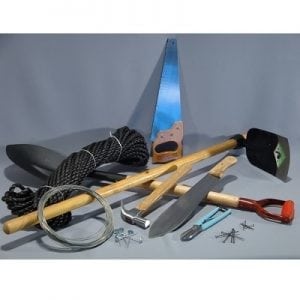
Agriculture
March 1, 2024
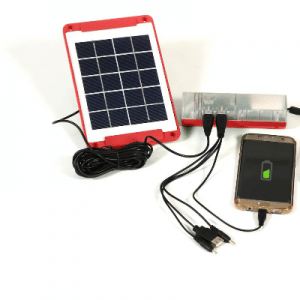
Agriculture
December 10, 2024
Implemented by
NRSRelief
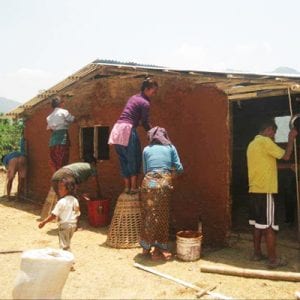
Agriculture
March 1, 2024
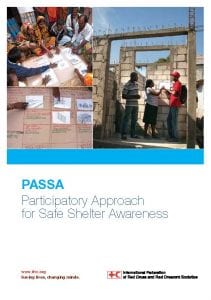
Agriculture
September 26, 2023
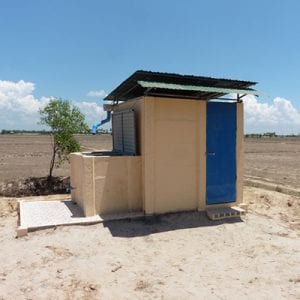
Agriculture
September 9, 2020
Have thoughts on how we can improve?
Give Us Feedback